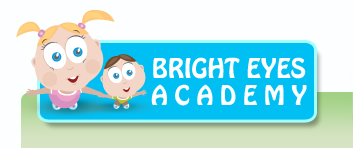Teacher Role
- co-explore the learning experience with the children.
- provoke ideas, curiosity and investigation.
- encourage problem solving.
- take ideas from the children and build upon them for further exploration.
- organize the classroom materials to be aesthetically pleasing.
- organize classroom materials in ways that help children make thoughtful decisions about the mixed media.
- document children’s progress: visual, videotape, tape recording, portfolios.
- help children build connections between learning and concrete experiences.
- help children express their knowledge through representational work.
- have a dialogue about the projects with the parents and other teachers.
- foster the connection between home, school and community.
"The wider the range of possibilities we offer children, the more intense will be their motivations and the richer their experiences. We must widen the range of topics and goals, the types of situations we offer and their degree of structure, the kinds and combinations of resources and materials, and the possible interactions with things, peers, and adults."
(Loris Malaguzzi (1920-1994), Italian early education specialist. Quoted in The Hundred Languages of Children, ch. 3, by Carolyn Edwards (1993).)
Read more quotations about / on: children
Guidance Techniques

Cognitive development is possible only with healthy emotional and social development. We believe that children, learn with the teachers guidance, appropriate and acceptable behavior patterns. Our school culture is one of cooperation and mutual respect based on a strong sense of community in the classroom.
Our goals are:
others and the environment.
decision-making.
compassion.
self-confidence, self-control and responsibility.
Our guidance methods are:
- to model appropriate behaviour.
- to provide simple, clear, consistent limits and expectations.
- to focus on the child’s behaviour and not on the child.
- to structure the rooms and activities to avoid potential problems.
- to reinforce appropriate behaviour.
- to offer appropriate choices.
- to use natural and logical consequences.
- to teach problem solving strategies.
project work

